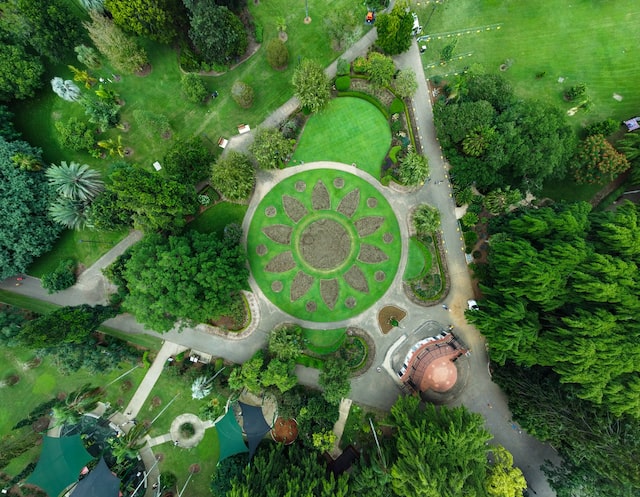What Makes the City Botanic Gardens in Brisbane, Australia Worth Visiting?
Located in Brisbane, Australia, the City Botanic Gardens are a captivating destination. Boasting lush greenery and vibrant flora, these gardens offer a serene escape from the bustling city life. With various walking trails, picnic spots, and stunning landscapes, the City Botanic Gardens are truly worth visiting. Unlike the south florida public gardens, this urban oasis provides an immersive nature experience in the heart of Brisbane.
Enjoy Free Access to this Australian Horticultural Paradise
The beautiful and historic City Botanic Gardens is a must-see attraction when visiting Brisbane, Australia.
The City Botanic Gardens in Brisbane, Australia is a must-see attraction for all horticultural-minded visitors to the Brisbane. Even the visitor who cannot tell a mangrove from a macadamia tree will appreciate the quiet calm, expansive lawns and people-watching. Best of all, access to the Gardens is virtually limitless, as it is free and open every day of the year.
Early History of the Brisbane City Botanic Gardens Site
Established in 1855, the Brisbane City Botanic Gardens include both indigenous and non-indigenous flora. Before Walter Hill became the Gardens’ first curator, the site was used as a food garden during the convict colony days. Selected for cultivation by the King’s Botanist and the settlement’s Colonial Botanist in 1828, the site would have been dominated by indigenous species such as grey mangroves (Avicennia marina), crow’s ash (Flindersia australis), hoop pine (Araucaria cunninghamii), and Eucalyptus trees known locally as blue gums or forest red gums (Eucalyptus tereticornis). Some of these indigenous plants are still present along the river today.
In addition to serving the early settlement on the Brisbane River as a food garden, the site of today’s Brisbane Botanic Gardens was also the site of a zoo and the first sugar cane crop harvest in Queensland. History buffs should be sure to check out convict-built wall, as well as the Cuor’s residence (c. 1908).
Floods and the Brisbane City Botanic Gardens
Today the Brine City Botanic Gardens incorporates about 19 hectares, and while it is a magnificent venue, the visitor may be surprised to know that the gardens were largely destroyed by a 1974 flood. At that time, the botanic gardens were moved, and today the “true” Brisbane Botanic Gardens can be seen several kilometers west of Brisbane at Mount Coot-tha.
In addition to a marker indicating the height of flood water, some of the palms in the City Botanic Gardens tell the story of the floods. The visitor will take note of several palms that are growing in an almost horizontal direction or which seem to have developed unnatural angles and other strange growth forms. These “deformities” are actually the result of a late 19th century flood, according to a docent, and the palms are completely healthy.
Remnants of the Original Gardens
Despite the devastation of floods, there are still vestiges of the first curator’s efforts evident in today’s City Botanic Gardens. For example, an extant large stand of bamboo (with over twenty species) was planted by Curator Hill. Also, one can find a Macadamia nut tree (Macadamia integrifolia) planted by Hill in the “rainforest” section of the Gardens. This tree is, in fact, the first cultivated Macadamia nut tree in the world.
Touring the Brisbane City Botanic Gardens
The Brisbane City Botanic Gardens are located on a point in a bend of the Brisbane River and are easily accessed from the far side of the River by the Goodwill footbridge. From downtown, Albert, Edward, George, and William Streets all dead-end into Alice Street, which forms the city-side boundary of the Gardens. One-hour long garden tours depart the Rotunda opposite the Albert Street gates twice daily at 11 am and 1 pm. There are no tours on Sundays, public holidays and from mid-December to mid-January.

